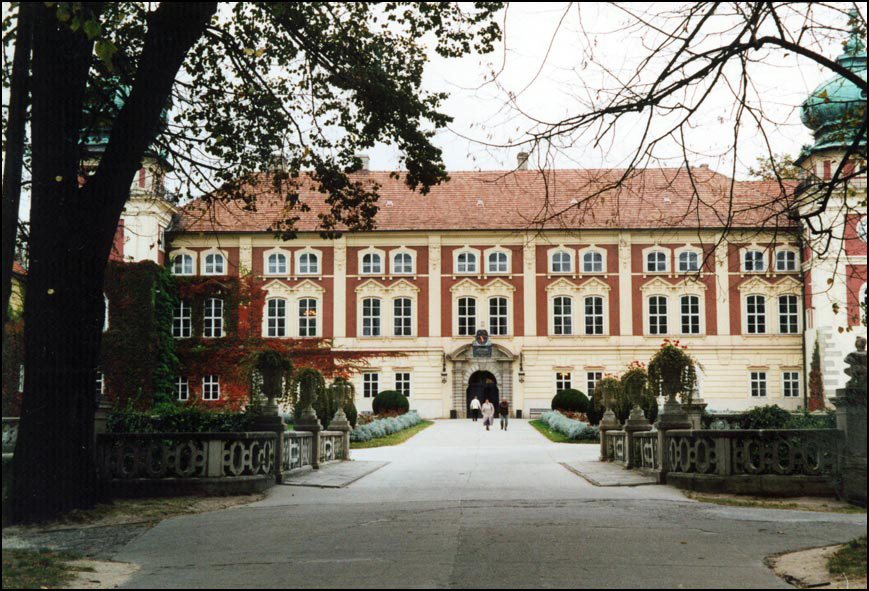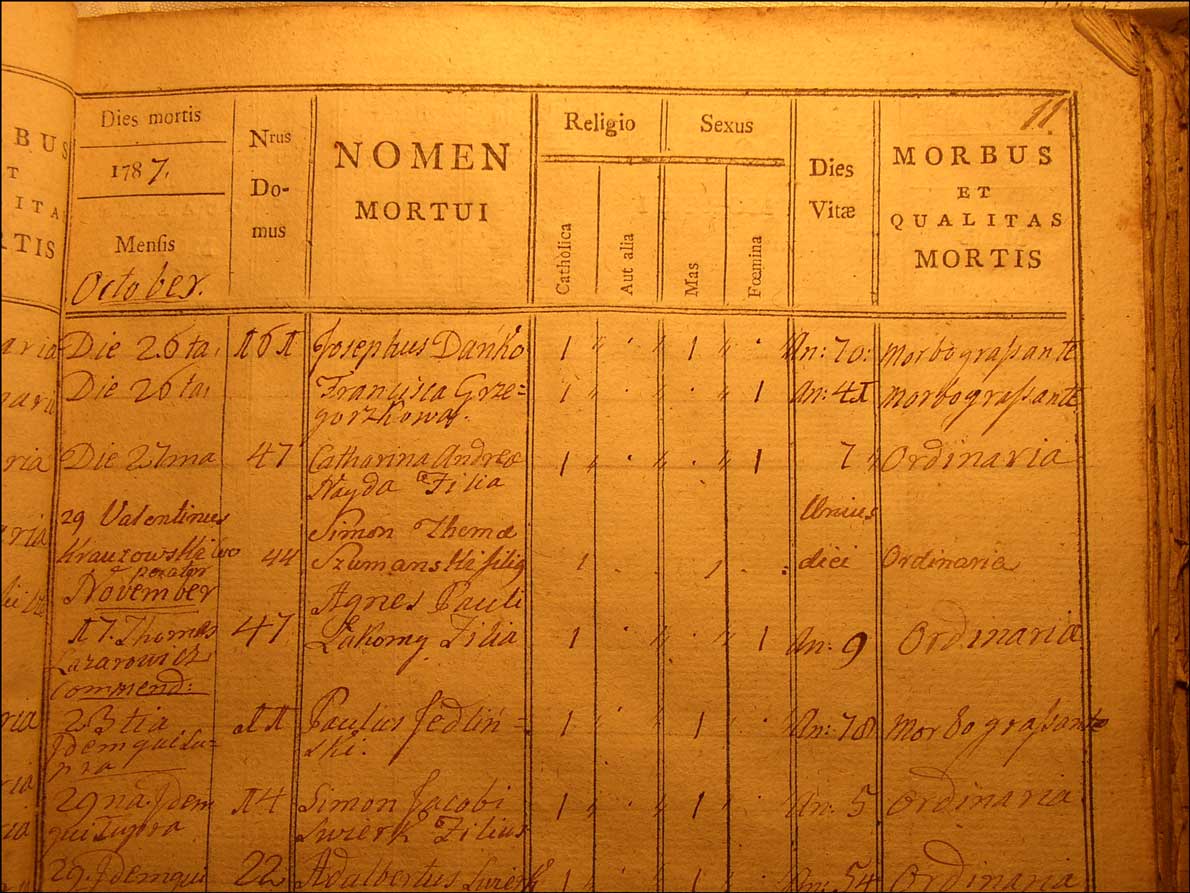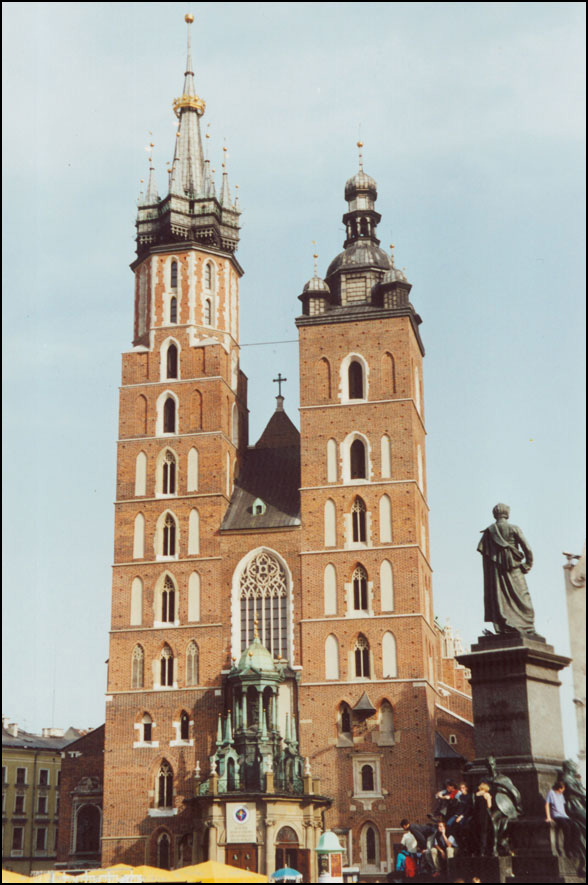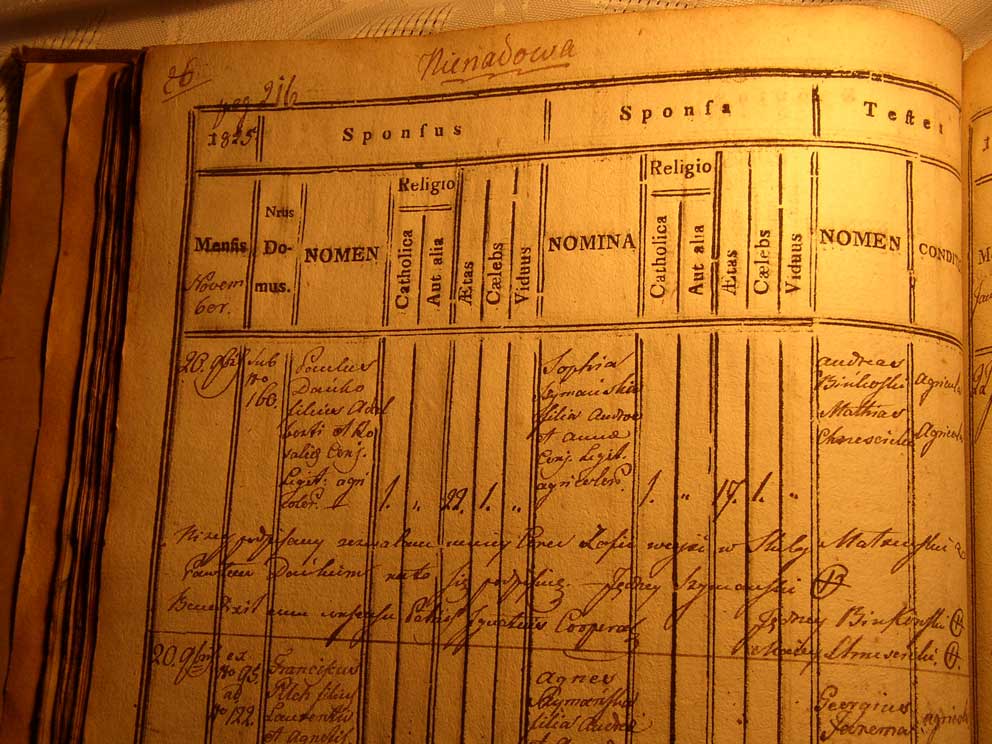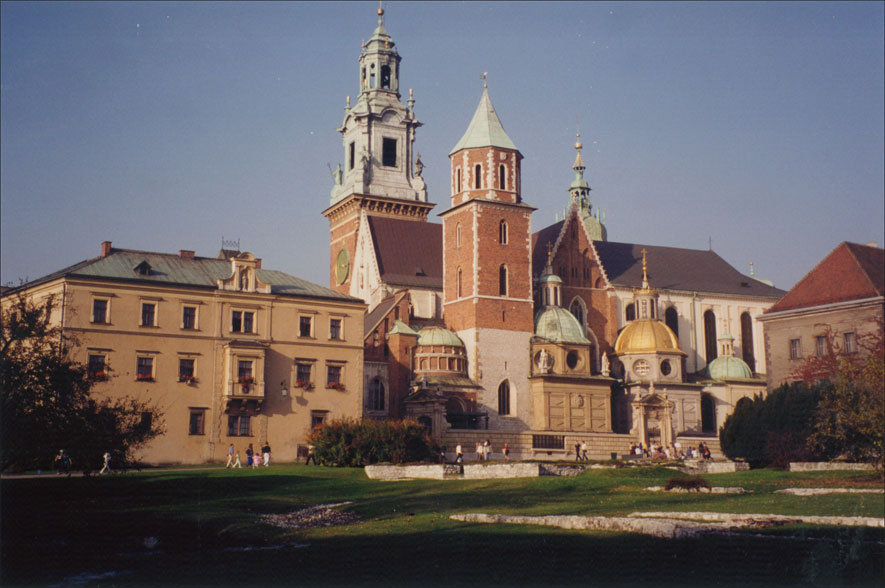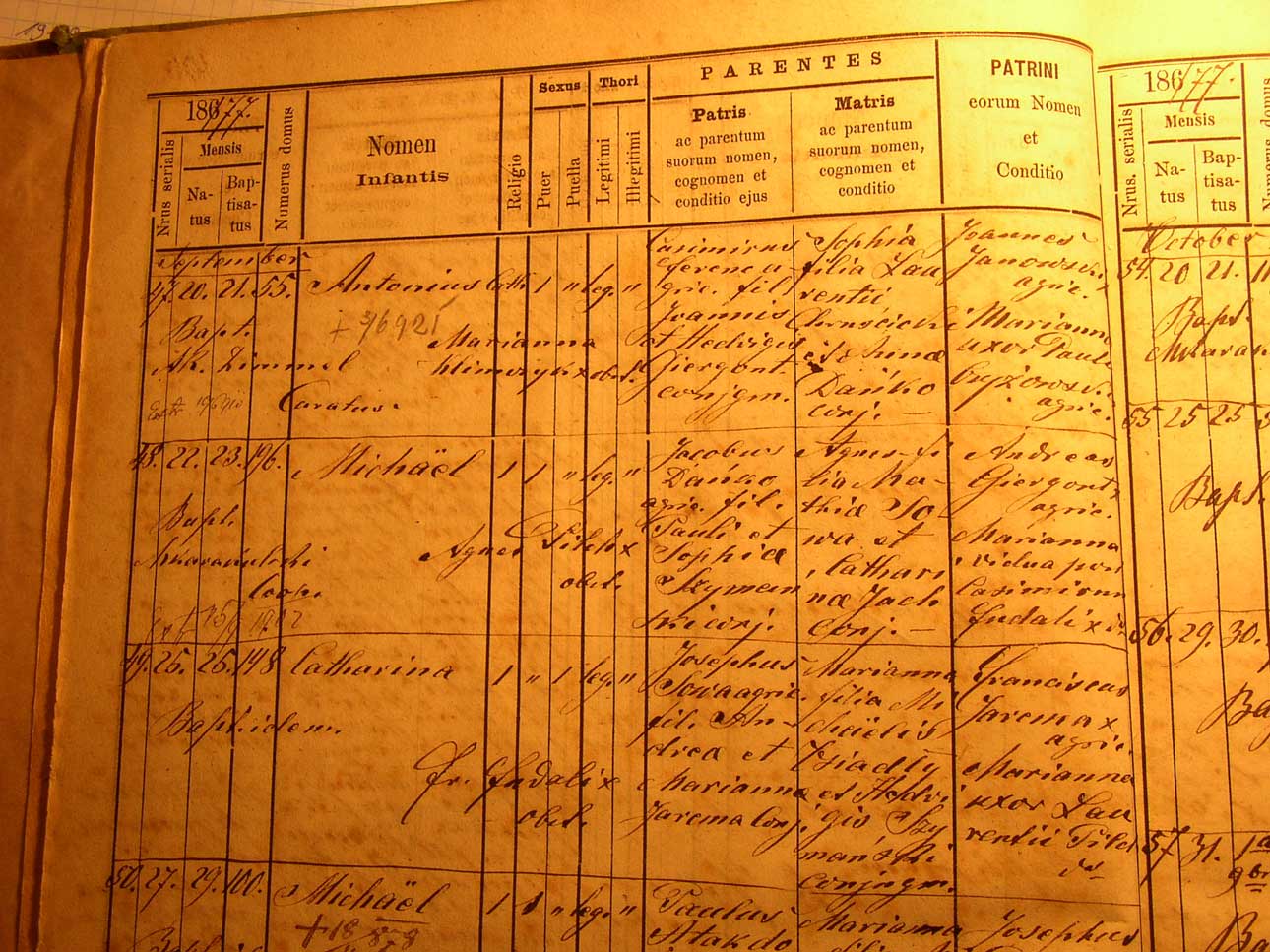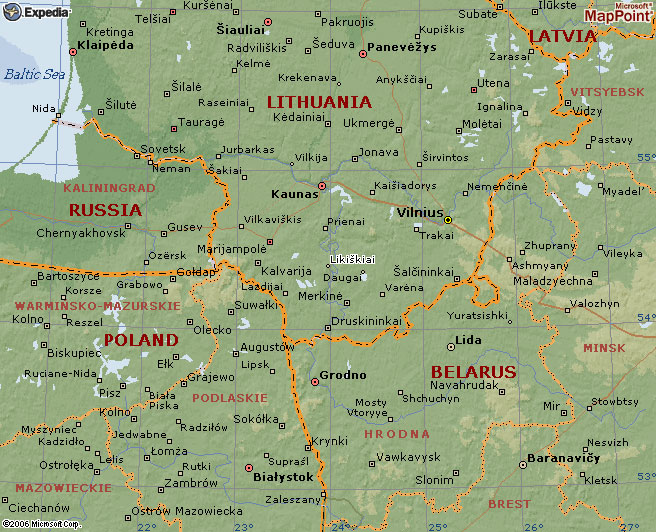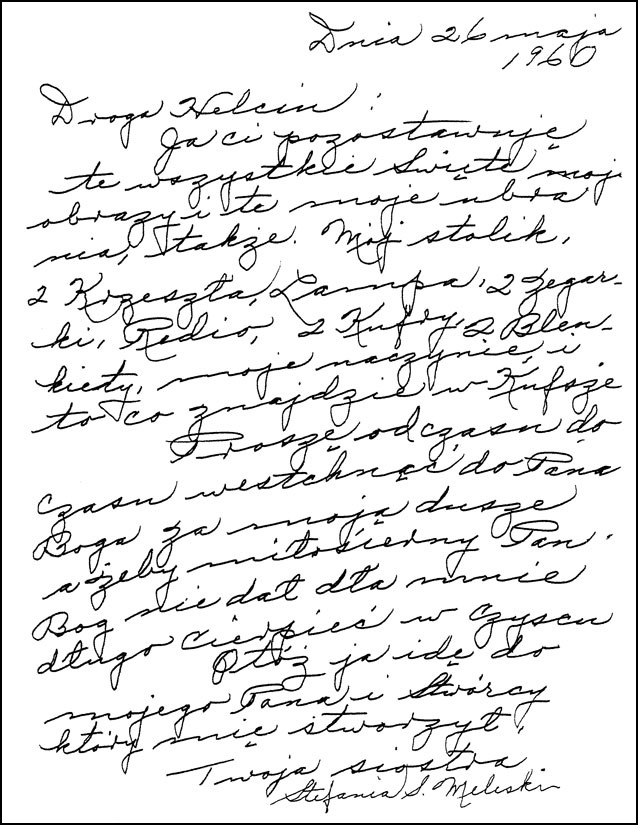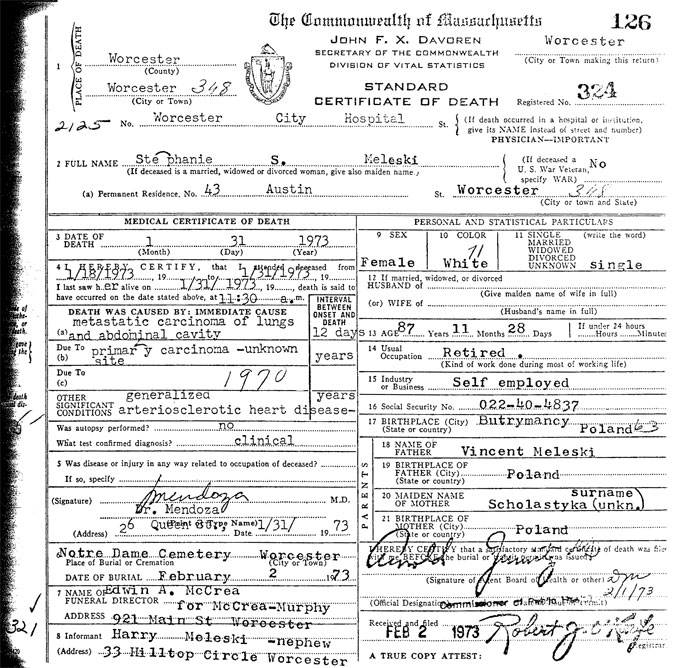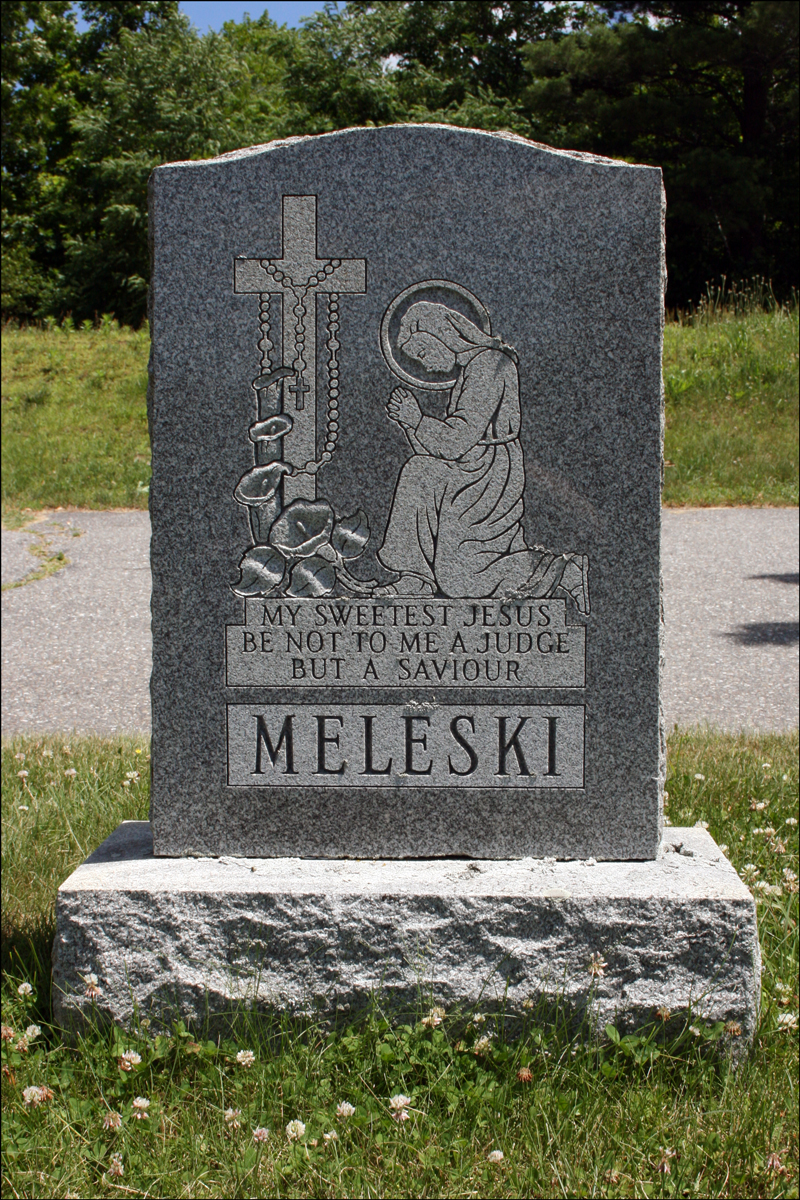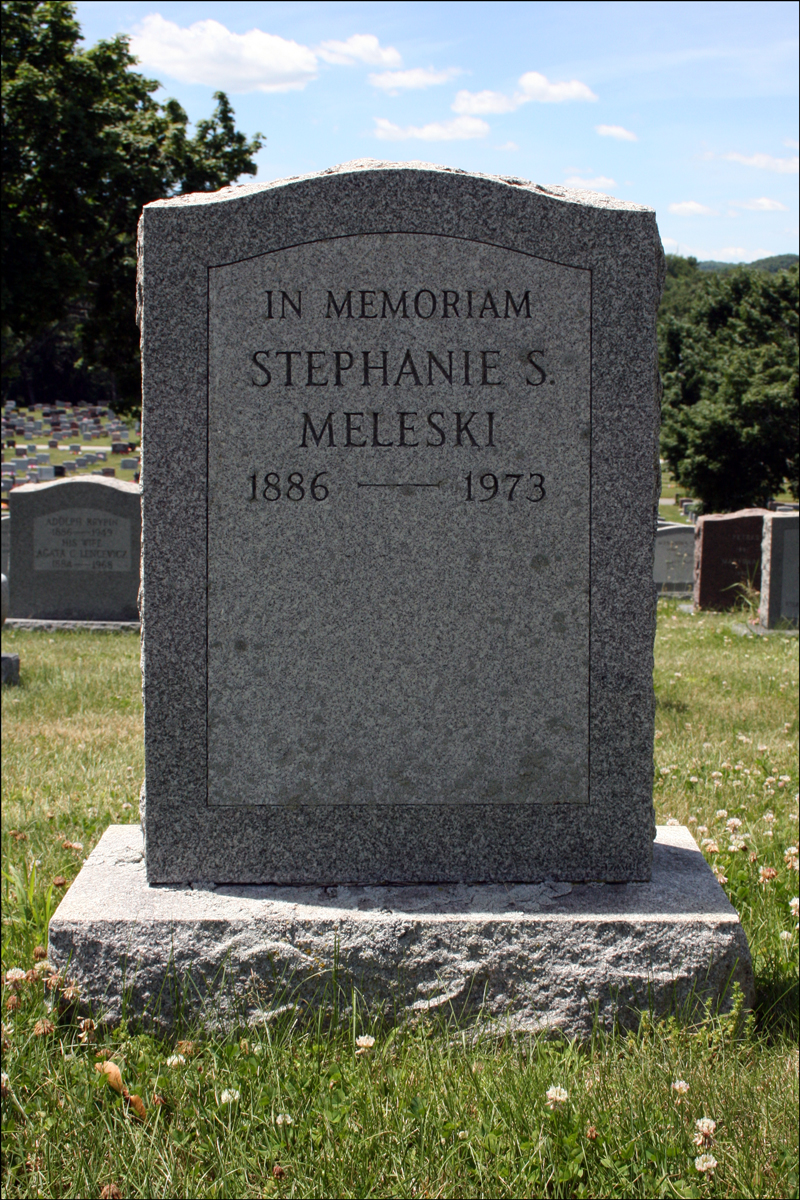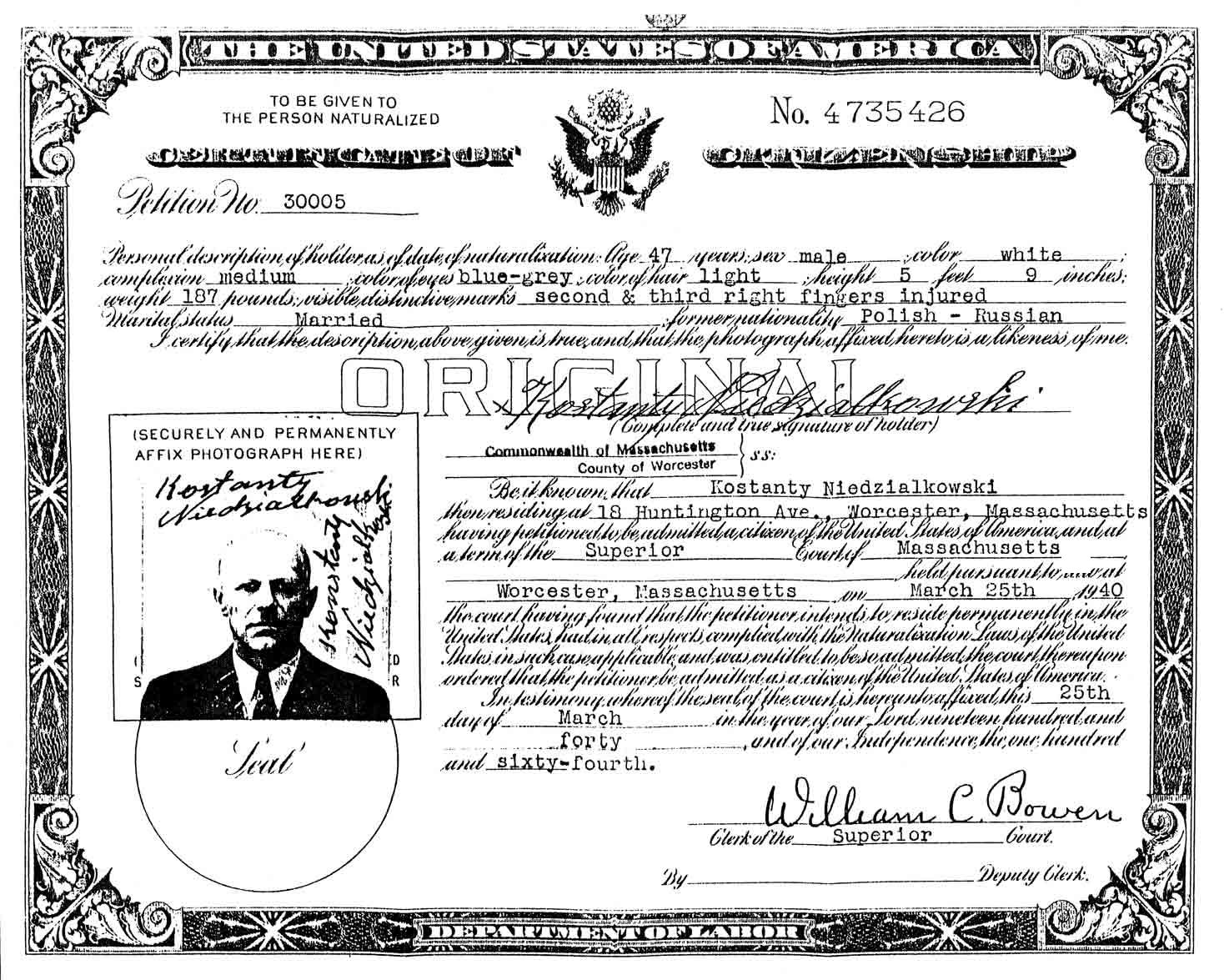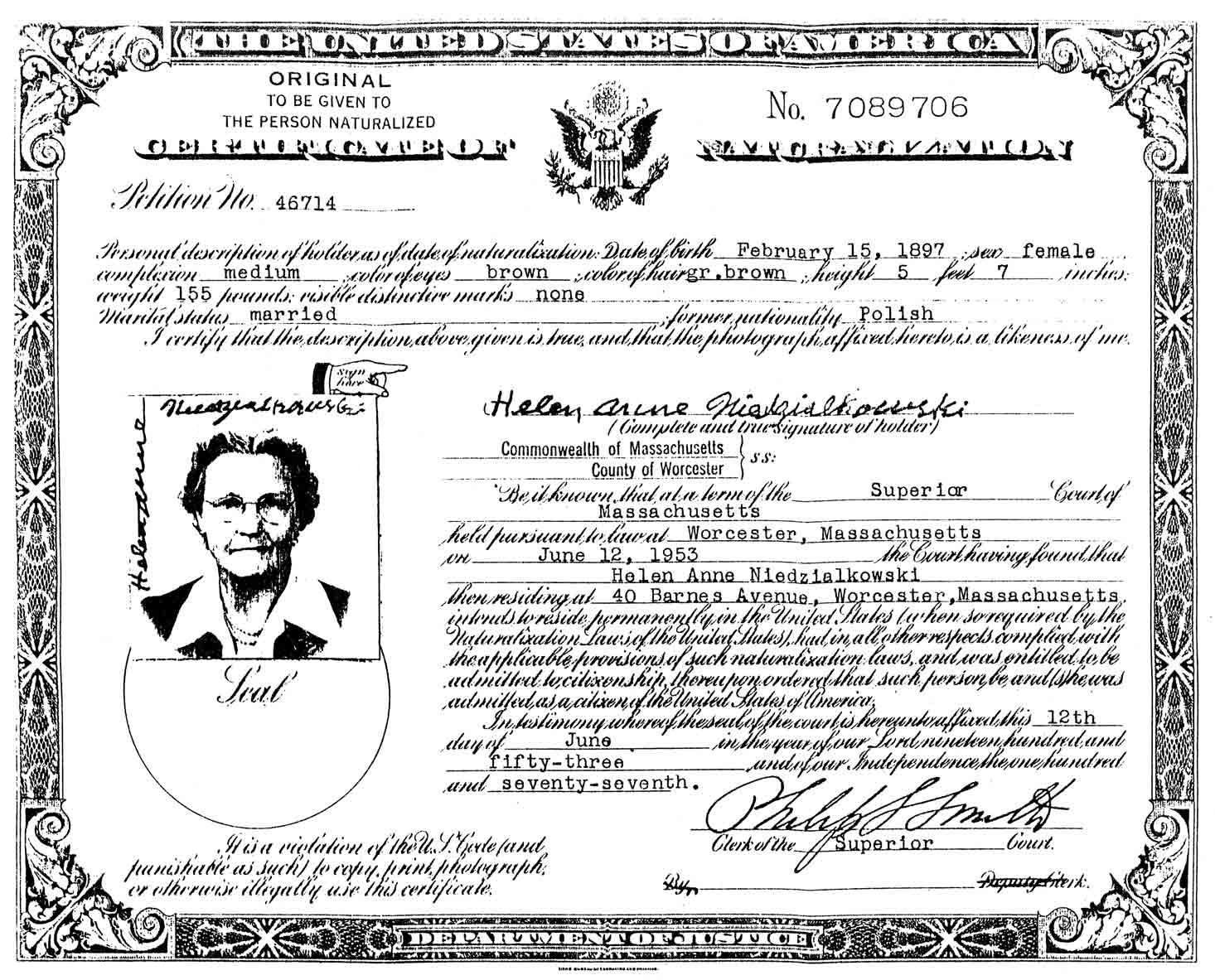Today’s blog is a special GuestBlog from Barbara Poole, with whom I recently took an online class on using Family Tree Maker . Thanks, Barbara, for giving me a day off!
Tidbits from Barbara: Newsletters, Blogs, and New Magazine
So much of my information comes from the genealogy newsletters I subscribe to. All four are free . There has been a big change in several of the newsletter formats . The two mentioned in this paragraph have gone to a blog format (blog explained later) . Most have an archive where you can look at past articles, and if at any time, you decide you don’t want the publication, it is easy to unsubscribe . Three are delivered weekly, on different days and one is now monthly . Not discussed is the newsletter by RootsWeb, which is free, but I no longer subscribe to . Four is enough for me.
My favorite newsletter is by Dick Eastman and you can subscribe by going to http://www.eogn.com and sign up for the Free Standard Newsletter . This is delivered every Monday, with updates during the week (a new feature of his) . You can also get his plus edition for $19.95 per year, and receive it Sunday evening . Dick Eastman tends to have very up-to-date bits of information.
Ancestry.com usually publishes articles to its Ancestry Blog on a (usually) daily basis. You can sign up to have the articles delivered to your mailbox either by RSS feed or by direct email using the links on the right-hand side of the blog page.
I also read The National Genealogical Society’s newsletter UpFront with NGS, available as online in blog format at http://upfront.ngsgenealogy.org/ , and the New England Historic and Genealogical Society’s free newsletter, The Weekly Genealogist, delivered on Wednesday.  To subscribe to The Weekly Genealogist, go to the American Ancestors website and click on the link that says “Subscribe to The Weekly Genealogist today!”.
The first two newsletters are in blog format . From Wikipedia, the definition of Blog means: A blend of the terms web and log (usually shortened to blog, but occasionally spelled web log or weblog) is a web-based publication consisting primarily of periodic articles, most often in reverse chronological order . The first two newsletters allow you to make comments and read what others have written . It is a nice way to exchange information . Often there is an archives of past issues, a calendar, and various tidbits from the author.
Another blog devoted to genealogy is http://www.genealogyguys.com maintained by two well known genealogists.
A new genealogy magazine has arrived on the scene; it is Internet Genealogy and can be ordered as a hard copy or downloaded from the internet (different prices for each) . To order go to http://www.internet-genealogy.com and you can see the specifics as well as download a preview issue.
Copyright © 2006 by Barbara Poole

